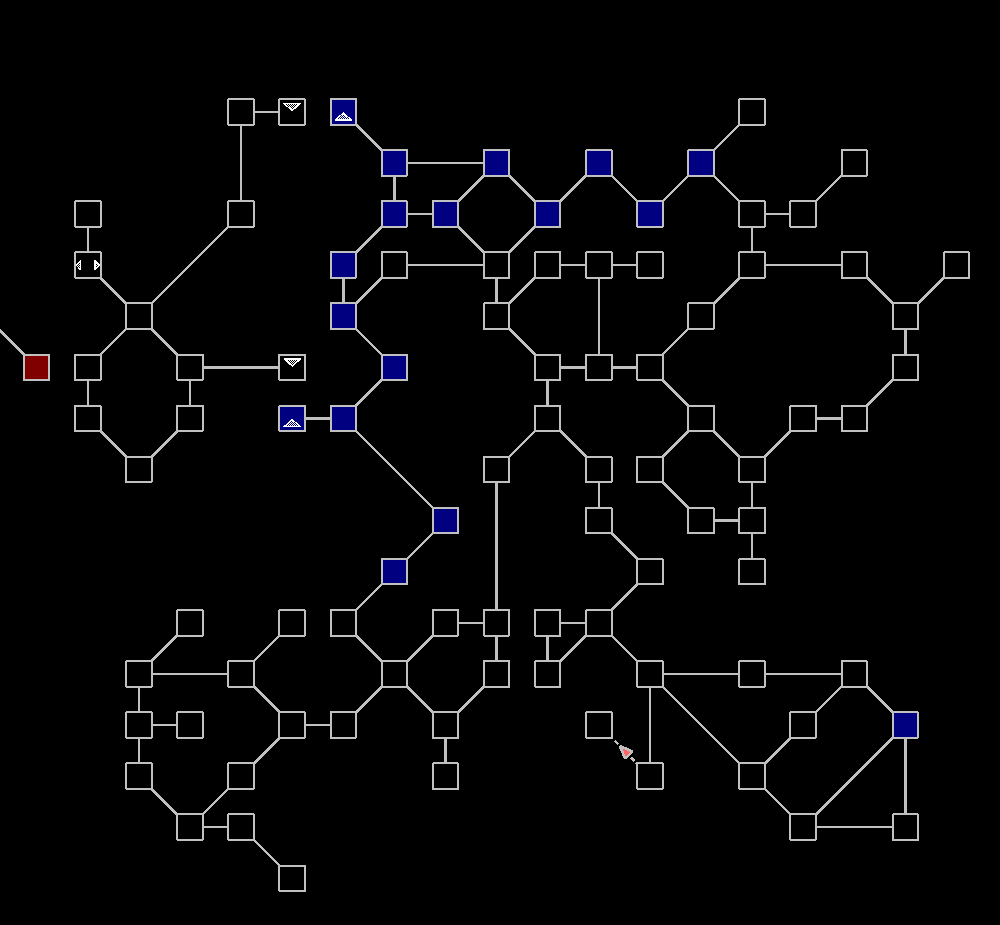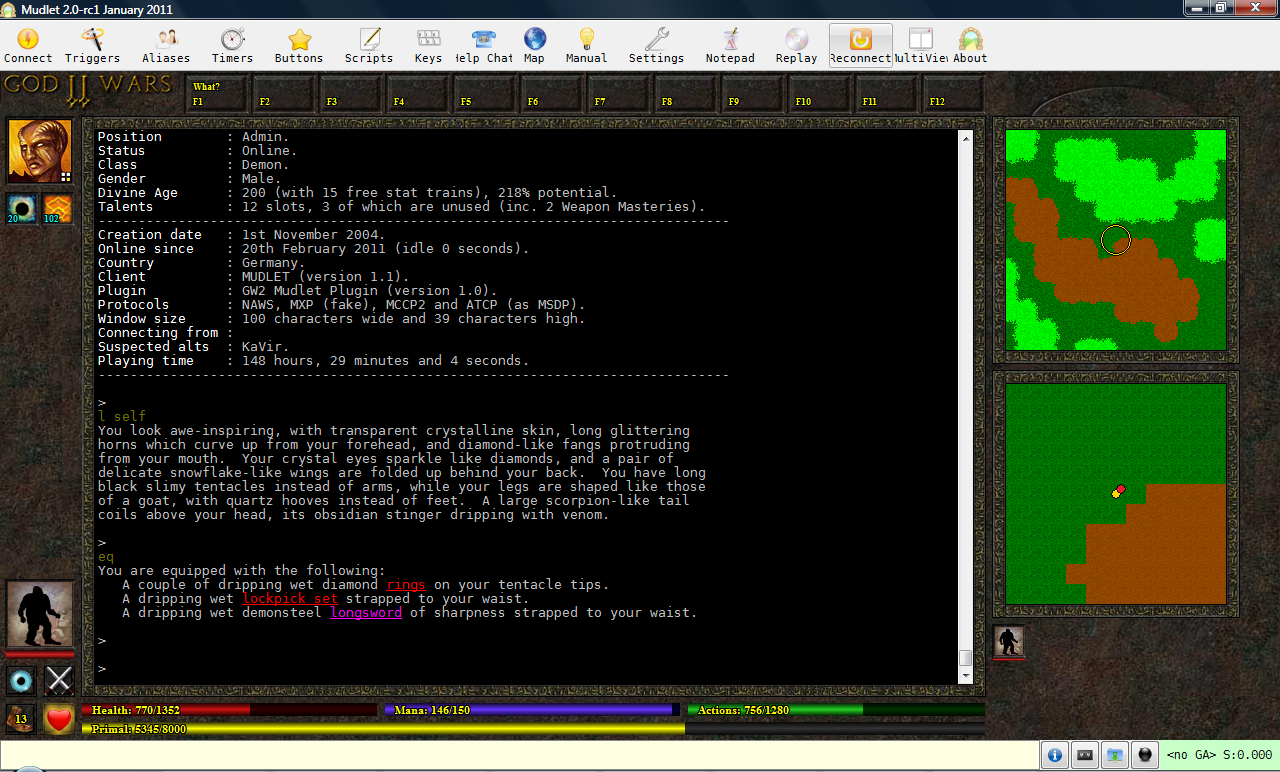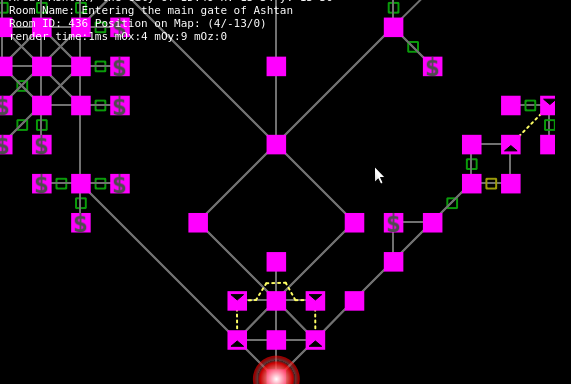

2.4.6 Getting a table of properties and their values.
 2.3.22.5 Add right click menu to label with already existing left click action. 2.3.22.2 Set onClick action for your menu item. 2.3.18 Inserting extra spaces and newlines. 2.3.15 Adding a hover effect to a label. 2.3.13 Aligning text/images inside a label. 2.3.12 Avoid stylesheet inheritance by tooltip. 2.2.3 Aligning relative to bottom or right sides. This estate was lucky, many estates like this don't have anyone willing to step up and handle the onerous task of finding all relatives, making funeral arrangements, dealing with taxes, selling property, obtaining a Grant of Administration and the like. The person who volunteered to handle the deceased's estate wasn't even in the category of people who would inherit as she was 5 degrees of kinship and was the daughter of one of the deceased's cousins. It took nearly 2 years to locate all the next-of-kin who would inherit. The estate was divided per stirpes, as required by the law (and according to the parentellic distribution chart) with some beneficiaries receiving less than 1% of the estate. Many were cousins and aunts and uncles who didn't even know the deceased nor each other. It had 58 beneficiaries who lived in several countries. I once had an estate file that dealt with this exact situation. Finding the descendants in this situation can be an absolute nightmare. It is important to note that it will not all be cousins or all aunts and uncles who inherit it may be a mix of aunts and uncles, cousins and a grandparent that inherit as inheritances are per stirpes. We then move on to follow the pink diamonds to find out who is next in line to inherit: your grandparents equally (Pink diamond #2) then your aunts and uncles (Pink diamond #3), then your cousins (Pink diamond #4). If you are single with no children and are an only child (no siblings) then your estate is divided among your surviving parents (Green square #1). And not every grandchild will receive, it is only those whose parent has died that will receive. As can be seen, not every grandchild inherits the same amount from grandma when her estate is divided per stirpes. The third child's share will be passed down to his/her only child, so that grandchild receives 1/3 of grandma's estate. The second child's 1/3 share will be split equally amongst his/her 3 children resulting in each of those grandchildren receive 1/9th of grandma's estate. So, the first child's 1/3 share will be split equally among his/her 5 children resulting in each of those grandchildren receiving 1/15th of grandma's estate. If each of those children have also died, then each of their shares will be divided equally among each of their respective children. When grandma dies, her estate is divided equally amongst her children, so each child receives 1/3. Those children have their own children (grandma's grandchildren): one has 5 children, another has 3 children and another has one child. For example, grandma dies but has three children. Some trees have more branches than others, so not all branches of all trees will receive the same amount.
2.3.22.5 Add right click menu to label with already existing left click action. 2.3.22.2 Set onClick action for your menu item. 2.3.18 Inserting extra spaces and newlines. 2.3.15 Adding a hover effect to a label. 2.3.13 Aligning text/images inside a label. 2.3.12 Avoid stylesheet inheritance by tooltip. 2.2.3 Aligning relative to bottom or right sides. This estate was lucky, many estates like this don't have anyone willing to step up and handle the onerous task of finding all relatives, making funeral arrangements, dealing with taxes, selling property, obtaining a Grant of Administration and the like. The person who volunteered to handle the deceased's estate wasn't even in the category of people who would inherit as she was 5 degrees of kinship and was the daughter of one of the deceased's cousins. It took nearly 2 years to locate all the next-of-kin who would inherit. The estate was divided per stirpes, as required by the law (and according to the parentellic distribution chart) with some beneficiaries receiving less than 1% of the estate. Many were cousins and aunts and uncles who didn't even know the deceased nor each other. It had 58 beneficiaries who lived in several countries. I once had an estate file that dealt with this exact situation. Finding the descendants in this situation can be an absolute nightmare. It is important to note that it will not all be cousins or all aunts and uncles who inherit it may be a mix of aunts and uncles, cousins and a grandparent that inherit as inheritances are per stirpes. We then move on to follow the pink diamonds to find out who is next in line to inherit: your grandparents equally (Pink diamond #2) then your aunts and uncles (Pink diamond #3), then your cousins (Pink diamond #4). If you are single with no children and are an only child (no siblings) then your estate is divided among your surviving parents (Green square #1). And not every grandchild will receive, it is only those whose parent has died that will receive. As can be seen, not every grandchild inherits the same amount from grandma when her estate is divided per stirpes. The third child's share will be passed down to his/her only child, so that grandchild receives 1/3 of grandma's estate. The second child's 1/3 share will be split equally amongst his/her 3 children resulting in each of those grandchildren receive 1/9th of grandma's estate. So, the first child's 1/3 share will be split equally among his/her 5 children resulting in each of those grandchildren receiving 1/15th of grandma's estate. If each of those children have also died, then each of their shares will be divided equally among each of their respective children. When grandma dies, her estate is divided equally amongst her children, so each child receives 1/3. Those children have their own children (grandma's grandchildren): one has 5 children, another has 3 children and another has one child. For example, grandma dies but has three children. Some trees have more branches than others, so not all branches of all trees will receive the same amount. 
If one of those "tree trunks" die, each branch of that tree will receive an equal share of the portion the tree trunk received. Consider the first-in-line or initial descendants to each be their own tree trunk. Essentially, per stirpes means that the estate will be divided equally among the initial (first-in-line) descendants. Per stirpes means the division of an estate amongst descendants like the branches of a tree and does not necessarily result in equal splitting amongst all descendants.







 0 kommentar(er)
0 kommentar(er)
